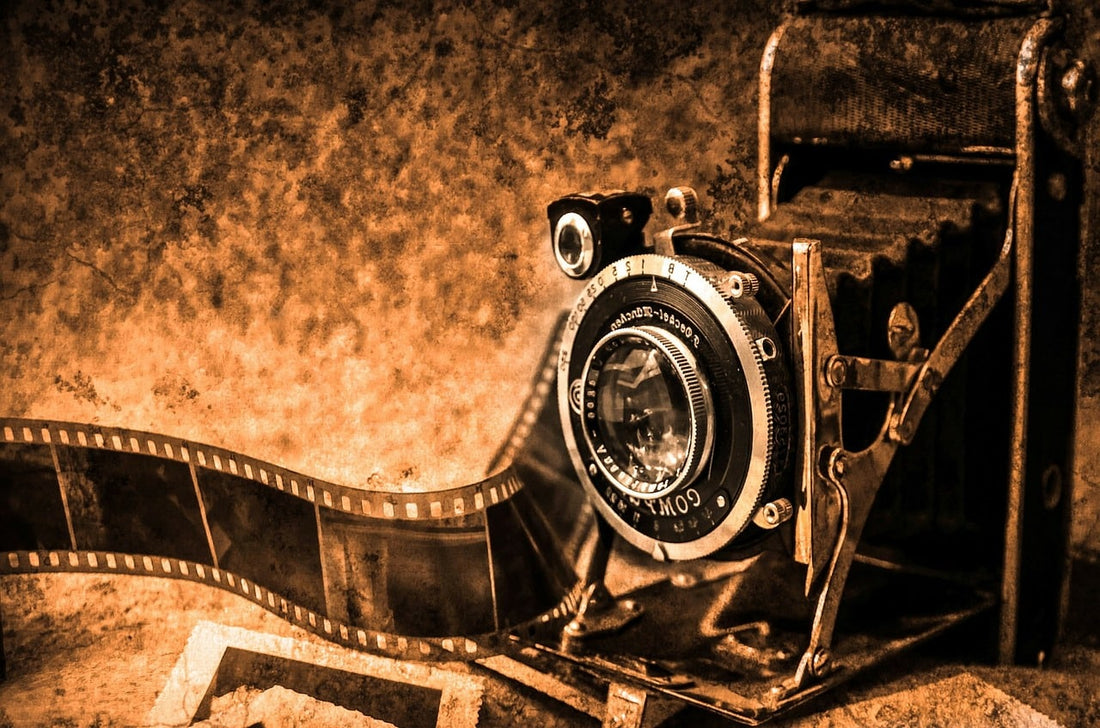- New electronics. Break-in is nearly universal. Any new gear removed out of the shipping box will sound tight and restricted without a break-in period. Power the unit on and connect it to the system. Often it's enough just to have power running through the device. Break-in can take between hours and weeks.
- Cabling. It's typically a mistake to assume the cabling that worked for one piece of gear is going to work for another. You might get lucky, but then again… My best advice is to swap out cables to see how much of any impact they are making. If it's big then consider mixing and matching.
- Toe-in. We set our systems up for the time and equipment we have on hand. As soon as anything in the system changes it's incumbent on us to readjust our carefully balanced systems. Speaker toe-in points the tweeters more or less at our ears. We can often get broader imaging and less fatigue with less toe-in.
- Tilt-back. If all else fails there's always the trick of tipping the speakers back a skosh. I use a thickness of a CD jewel case for starters. Place the jewel case just under the front of the speaker so it arches back. This changes the vertical dispersion enough to lower fatigue levels. Try two or more until it's too much.
History lessons
by Paul McGowan
In yesterday's post on listener fatigue, we came to understand it's the over-etched quality of upper frequencies that often lead to our ear's protective mechanisms engaging. Too much unnatural detail and we move away from the source as if it were a blinding light.
Tracking down and fixing the problems at the root of listener fatigue can be challenging because there are so many possible culprits: cables, electronics, rooms, source material. An endless list leaving us lost.
What to do?
My first suggestion is to jump into the history game for a moment. Here, we look back over time to see when the fatigue wasn't there. If we've just made changes to the system then our job gets a bit easier. Before the change, no fatigue. After changes, fatigue. Let's imagine this is our situation.
Perhaps our first reaction is to just go back to when we didn't have the problem. Yet, that's unlikely. We made the change in the hopes of getting something better. Let's stay the course—at least for a little while. Perhaps a few suggestions to try:
- Choosing a selection results in a full page refresh.
- Opens in a new window.








